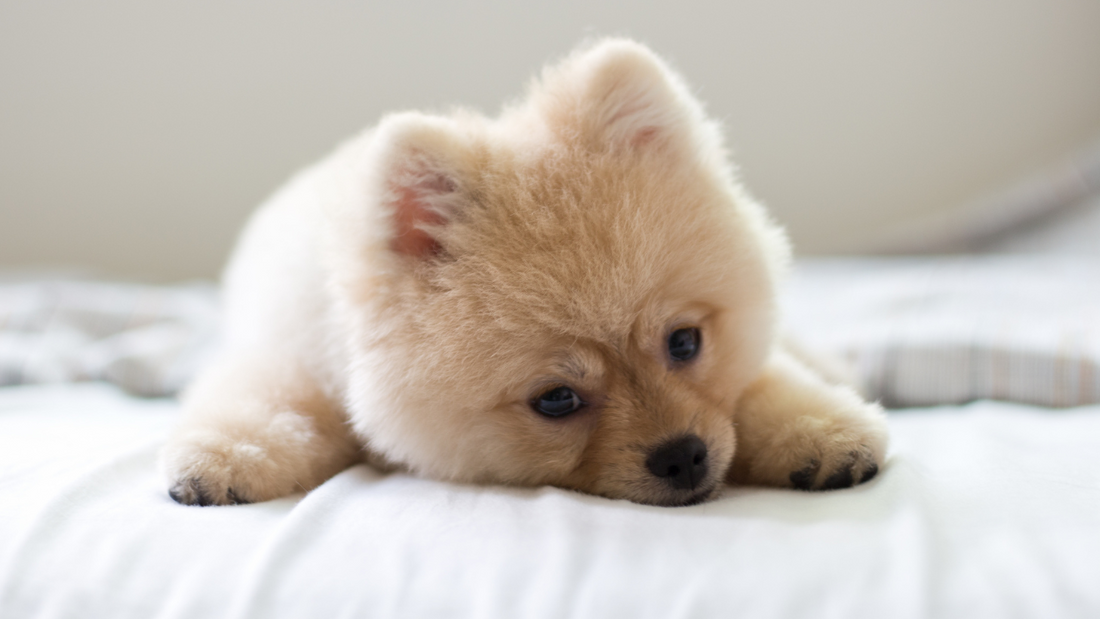Introduction: Bringing a new puppy into your home is a joyous occasion, but it also comes with the challenge of potty training. Fear not, for with patience, consistency, and a dash of canine psychology, you can navigate this essential phase in your puppy's life. In this blog post, we'll walk you through the steps to potty train your pup effectively and with as little stress as possible.
1. Establish a Routine: Puppies thrive on routines, so set up a consistent schedule for feeding, playtime, and bathroom breaks. Regularity helps your pup predict when it's time to go outside.
2. Choose a Designated Spot: Select a specific spot in your yard where you want your puppy to do its business. Take your pup to this spot every time it needs to go, using a leash if necessary.
3. Reward and Praise: When your puppy successfully eliminates in the designated spot, shower it with praise and offer a treat. Positive reinforcement creates a strong association between the act and the reward.
4. Supervise and Anticipate: Keep a close eye on your puppy, especially after eating, drinking, or waking up from a nap. Puppies often need to relieve themselves during these times. If you see signs like sniffing or circling, take them outside immediately.
5. Use a Crate: A crate can be a valuable tool in potty training. Dogs are naturally clean animals and won't want to soil their sleeping area. Use an appropriately sized crate, so your pup has enough space to stand, turn, and lie down comfortably.
6. Leash Training: During bathroom breaks, keep your pup on a leash. This prevents them from getting distracted and ensures they focus on the task at hand.
7. Be Patient: Potty training takes time, and accidents will happen. Avoid scolding or punishment for accidents, as this can create fear and anxiety. Instead, stay patient and understanding.
8. Consistent Cues: Use consistent cues like "go potty" or "do your business" when you take your puppy outside. Over time, they will associate these words with the act of eliminating.
9. Clean Accidents Thoroughly: If your puppy has an accident inside, clean it up promptly and thoroughly to remove any lingering scent. This helps prevent your pup from using the same spot again.
10. Gradual Independence: As your pup becomes more reliable, gradually give them more freedom in the house. Start with one room at a time and expand their access as they show progress.
Conclusion: Potty training a puppy can be challenging, but it's an essential part of raising a well-behaved and happy dog. Remember that consistency, positive reinforcement, and patience are key. With these principles in mind, you'll soon have a fully potty-trained pup who can enjoy your home without any accidents.

